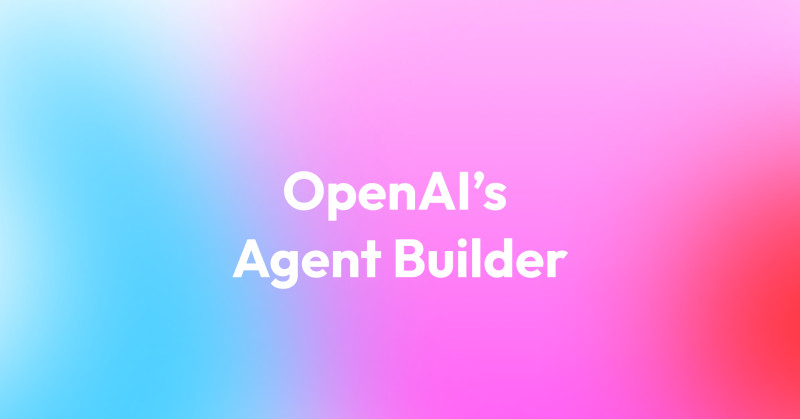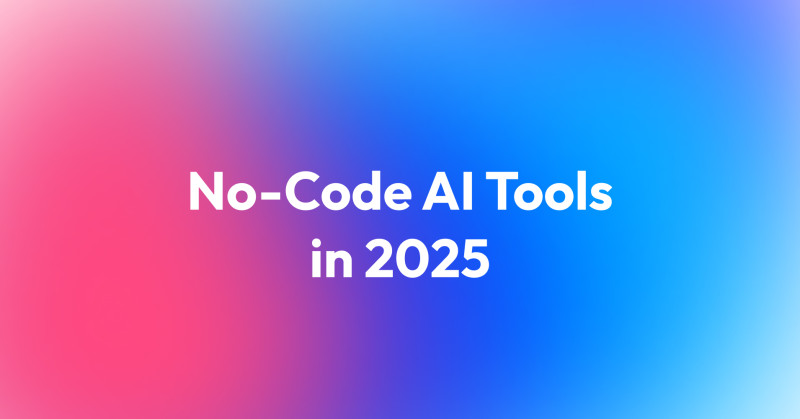From automating routine tasks to making complex decisions, AI systems are becoming integral to many organizations' daily operations. According to statistics general trust in AI is decreasing. As the adoption of AI continues to grow, so does the need for transparency which can improve how AI is seen.

It ensures that AI-driven decisions are understandable, explainable, and accountable. In this article, we will explore why transparency is crucial for AI systems, how it impacts various aspects of business operations, and how companies can implement transparent AI practices effectively. By embracing transparency, businesses can foster trust, mitigate risks, and pave the way for more responsible and ethical AI usage.
Transparency in the Age of AI
As AI continues to permeate every facet of our lives, the demand for providing a high level of transparency has never been greater. In the age of AI, transparency means providing clear, understandable, and accessible information about how AI systems operate, make decisions, and impact users and society.
Legal regulations such as the AI Act will require AI systems to meet certain transparency requirements. For example, generative AI will have to publish the data used for training AI algorithms.
What Is Explainability in AI?
Transparency is the foundation of trust. Users, stakeholders, and regulators must understand how AI systems function and make decisions.
When companies openly share the inner workings of their artificial intelligence models, it demystifies the technology and builds trust in AI among all parties involved. This trust is essential for the widespread adoption and acceptance of AI technologies. It's important to maintain transparency in AI and machine learning for example for legal reasons.
Interpretability in AI systems - Making Trustworthy AI
Interpretability refers to the ability to explain how AI models make decisions. This involves understanding the internal mechanics of the model, including how it processes input data to produce outputs.
Interpretability is crucial for ensuring that AI systems are transparent and accountable, allowing users to trust the decisions made by these systems. It helps identify and mitigate biases, improves user trust, and ensures compliance with regulatory standards. Tools like LIME and SHAP are often used to enhance model interpretability.
Ethical Considerations: Crearting Responsible AI
AI systems can significantly impact society, necessitating careful ethical considerations. Ethical AI ensures fairness, non-discrimination, and respect for user privacy. It involves creating AI systems that are fair and aligned with societal values.
Read more: Best Practices for Ethical AI Interpretation
Social Transparency: Increasing Trust with Customers
AI developers and companies have a social responsibility to ensure their technologies benefit society. This means creating AI that enhances human well-being, reduces biases, and promotes social good.
Social responsibility also involves considering the broader societal impacts of AI, such as job displacement and the digital divide, and taking steps to mitigate negative effects. Lack of transparency in AI can obscure the broader societal impacts of AI, such as job displacement and the digital divide. This can prevent stakeholders from taking necessary steps to mitigate these effects.
Transparency and Accountability
Accountability in AI means developers and organizations are responsible for their AI systems' decisions and impacts. This includes being transparent about how AI systems work, providing explanations for decisions, and ensuring there are mechanisms to address and rectify any harm caused by AI. It also involves adhering to regulations and ethical guidelines, ensuring AI is used responsibly and ethically.
Why Transparency is Important in Your AI Systems? Benefits of AI Transparency
As we already mentioned - transparency equals trust in artificial intelligence, which is a crucial element of every business relationship. How do transparent AI systems positively affect your organization?
Business Reputation
Transparency in AI systems enhances a company’s reputation by building trust with stakeholders. When businesses openly share how their AI operates and makes decisions, they demonstrate commitment to ethical practices and integrity. This openness can lead to increased public trust and a stronger, more positive brand image.
Customer Satisfaction
Transparent AI systems contribute to higher customer satisfaction by providing clear, understandable explanations for AI-driven decisions. Customers are more likely to trust and feel confident in services that are open about their decision-making processes, leading to greater user engagement and loyalty.
Aligning with Regulations
Transparency helps businesses align with regulations such as GDPR, which require explainability and accountability in AI decision-making. By ensuring AI systems are transparent, companies can avoid risks and fines associated with non-compliance, ensuring they meet legal standards and protect user rights.
Read more: From Algorithms to Ethics: Integrating AI into ESG Strategies
Real-Life Examples of Companies Exemplifying AI Transparency
The market leader understands that with great AI opportunities come more challenges. How do they ensure transparency in their artificial intelligence systems?
Google
Google has taken significant steps towards AI transparency, particularly with its AI principles which emphasize fairness, accountability, and explainability. Google also provides tools like the What-If Tool, which helps users understand and evaluate machine learning models.IBM
IBM champions AI transparency through its AI Fairness 360 toolkit, which offers metrics to check for bias and tools to mitigate it. IBM also publishes detailed reports on its AI systems' performance and ethics.Microsoft
Microsoft promotes AI transparency by embedding principles of fairness, accountability, and transparency into its AI development. They also offer the InterpretML library for explainable machine learning, allowing users to understand how AI models make decisions.OpenAI
OpenAI is dedicated to making AI transparent and beneficial. They openly share their research findings, methodologies, and models, ensuring that their advancements in AI are accessible and understandable to the broader community.
Why Do We Need Transparency in AI?
Transparent AI builds trust, reduces risks, and aligns with ethical standards, ensuring that AI technologies are used responsibly and beneficially. By openly sharing the inner workings of AI models, companies like Google, IBM, Microsoft, and OpenAI set exemplary standards, demonstrating that transparency is not only possible but also advantageous.
Challenges and Barriers to AI Transparency
AI transparency is a critical goal, but several significant challenges and barriers must be overcome to achieve it fully. This section will explore these obstacles, providing a comprehensive understanding of the complexities involved.
Technical Challenges
One of the most daunting barriers to AI transparency is the inherent complexity of AI systems, particularly those based on deep learning. These systems often operate as "black boxes," where the decision-making processes are not easily interpretable even by their creators.
Complexity of Models: Advanced AI models, especially neural networks, involve numerous layers of computation that are not straightforward to explain.
Explainability vs. Performance: There is often a trade-off between the explainability of an AI model and its performance. Simplifying a model to make it more interpretable can reduce its accuracy and effectiveness.
Lack of Standardization: There is no universal standard or framework for achieving transparency in AI, making it challenging to implement consistent practices across different industries and applications.
Privacy Concerns
Balancing transparency with data privacy presents another significant challenge. While transparency requires disclosing information about how AI systems operate, this must be done without compromising the privacy of individuals whose data is used to train these systems.
Data Protection Laws: Compliance with data protection regulations like GDPR and CCPA can limit the extent of transparency, as revealing too much information can lead to privacy breaches.
Anonymization Difficulties: Ensuring that data is adequately anonymized while still providing meaningful insights about AI operations is a complex task.
Trust Erosion: If transparency efforts inadvertently expose sensitive information, it can erode trust in AI systems rather than build it.
Resistance to Change
The cultural and organizational resistance to change is another barrier to a transparent AI project. Many companies are reluctant to disclose details about their AI systems due to various reasons.
Competitive Advantage: Organizations may fear that revealing information about their AI systems could undermine their competitive advantage by exposing proprietary technologies and methodologies.
Cost and Resources: Implementing transparency measures can be resource-intensive, requiring significant investment in terms of time, money, and expertise.
Lack of Incentives: Without strong regulatory or market incentives, there is little motivation for companies to prioritize transparency, especially if it does not directly contribute to their bottom line.
The Future of AI Transparency
As organizations continue to innovate, embracing transparency will be key to cultivating trust, enhancing customer satisfaction, and meeting regulatory requirements. AI needs to treat everyone fairly and ethically to bring the best results for all of us.
The future of artificial intelligence transparency is poised to enhance trust between AI and users and stakeholders and ethical use of all technologies. By prioritizing explainability, regulatory compliance, ethical development, open-source collaboration, transparent training data, and global standards, the AI community can build a transparent and trustworthy AI ecosystem. This will ultimately lead to AI systems that benefit society while minimizing risks and negative impacts.





















